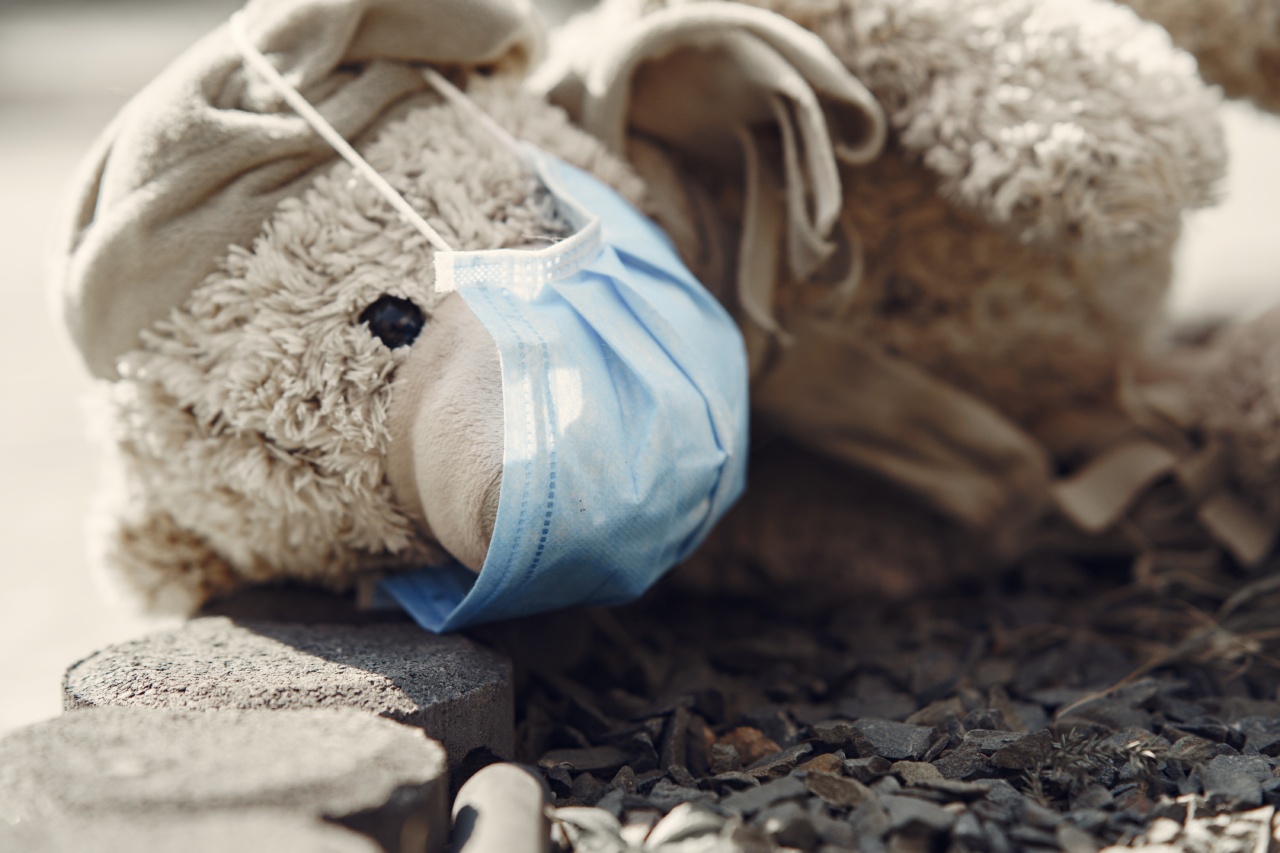The sun is the source of life, but overexposure to it can lead to various sun-related diseases. These diseases can range from mild skin rashes to severe skin cancers. However, there are many ways to protect yourself and cover these diseases.
Here’s everything you need to know about sun-related diseases and how to cover them.
Understanding Sun-Related Diseases
Overexposure to the sun’s ultraviolet (UV) rays can cause sunburn, premature aging of the skin, and skin cancer. However, there are other sun-related diseases that you should be aware of:.
1. Actinic keratosis
Actinic keratosis is a condition that causes scaly or crusty growths on the skin. The growths are caused by years of exposure to UV rays. Actinic keratosis is a precancerous condition that can develop into skin cancer if left untreated.
2. Basal cell carcinoma
Basal cell carcinoma (BCC) is the most common type of skin cancer. It develops in the basal cells that line the skin’s deepest layer. BCC usually appears on parts of the body that are frequently exposed to the sun, such as the face and neck.
3. Squamous cell carcinoma
Squamous cell carcinoma (SCC) is the second most common type of skin cancer. It usually appears on the areas of the body that are frequently exposed to the sun, such as the face, neck, and hands.
SCC can be aggressive and can spread to other parts of the body if left untreated.
4. Melanoma
Melanoma is the most dangerous type of skin cancer. It can develop anywhere on the body, but it usually appears on the areas that are frequently exposed to the sun. Melanoma can spread quickly to other parts of the body, making it difficult to treat.
5. Polymorphic light eruption
Polymorphic light eruption is a type of sun-related rash that develops in response to UV exposure. It usually appears on the skin areas that are not frequently exposed to the sun, such as the chest, back, and arms.
The rash can be itchy and uncomfortable.
Covering Sun-Related Diseases
Covering sun-related diseases requires a combination of preventative measures and treatment options. Here are some ways you can cover these diseases:.
1. Sunscreen
Sunscreen is one of the most important tools in preventing sun-related diseases. It helps to block UV rays from penetrating the skin, reducing the risk of sunburn, premature aging, and skin cancer.
Choose a broad-spectrum sunscreen with an SPF of at least 30 and apply it liberally to all exposed areas of skin.
2. Protective Clothing
Protective clothing can help to cover sun-related diseases by reducing the amount of UV radiation that reaches the skin. Wear long-sleeved shirts, long pants, broad-brimmed hats, and UV-blocking sunglasses when you are outside.
Choose clothing with a tight weave or UPF (UV protection factor) to increase the level of protection.
3. Shade
Seeking shade is a great way to reduce your exposure to UV rays. If you are spending time outdoors, look for shaded areas. Consider using an outdoor umbrella to create your own shade.
4. Dermatologist
If you have sun-related diseases, seeking treatment from a dermatologist is essential. Dermatologists can diagnose and treat a range of skin conditions, including actinic keratosis, skin cancer, and polymorphic light eruption.
They may recommend treatments such as cryotherapy, topical medications, or surgery.
5. Self-Examination
Regular self-examination can help to cover sun-related diseases by detecting them early. Examine your skin regularly for any unusual growths, moles, or changes in color or shape. See a dermatologist if you notice any changes or abnormalities.
Conclusion
Sun-related diseases can be serious, but there are many ways to reduce your risk and cover these diseases.
By taking preventative measures such as wearing sunscreen and protective clothing, seeking shade, and regular self-examination, you can protect yourself from the harmful effects of UV radiation. Remember to seek treatment from a dermatologist if you have any sun-related diseases.
























